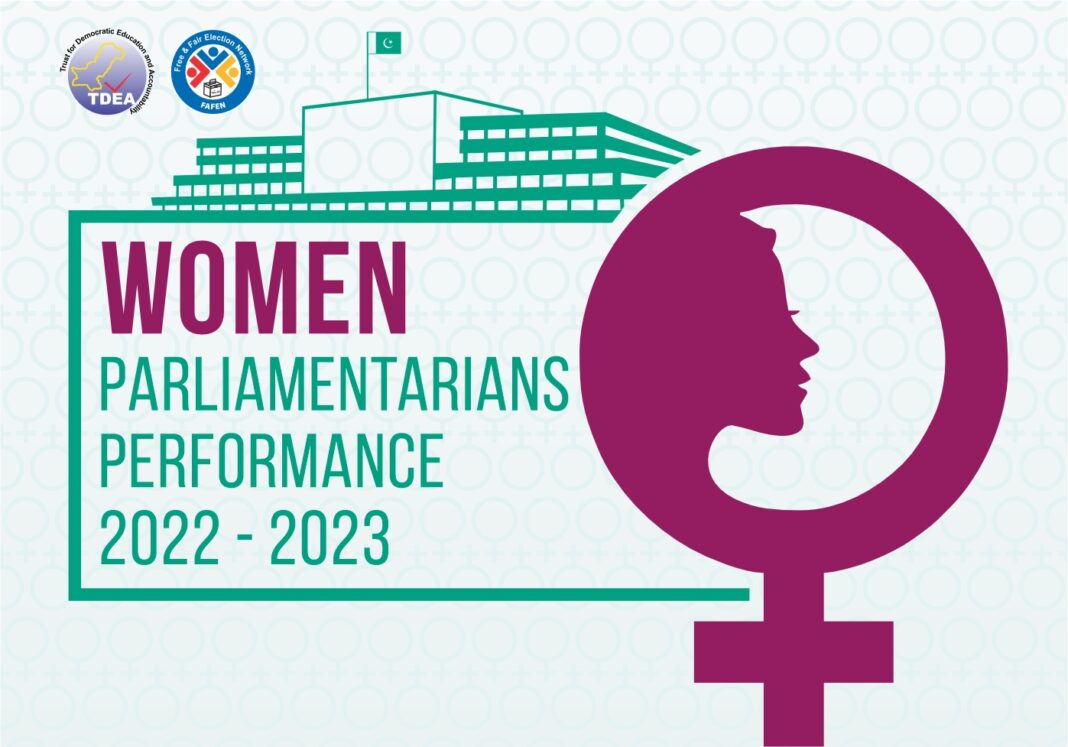Women Parliamentarians performance in the Parliament accounts for 35 percent of the agenda in both houses. Here’s more on their performance?
Women Parliamentarians Performance In Both Houses
WOMEN Parliamentarians performance in the the National Assembly and the Senate upheld their tradition to assertively carry out their legislative, representative, and oversight functions during 2022-23. Constituting one-fifth of the Parliament, women parliamentarians accounted for nearly 35 percent of the parliamentary agenda during 2022-2023 – 36 percent in the National Assembly and 30 percent in the Senate.
Women parliamentarians performance can also be assessed by the fact that they remained the most regular members in both Houses throughout the year which witnessed a spiral of political instability arising out of public protests orchestrated by Pakistan Tehreek-e-Insaf (PTI) after the passage of the Resolution of No-Confidence against the former prime minister in April 2022. Barring its 20 members, PTI MNAs including 27 women members, stayed away from assembly proceedings during the entire year on the pretext of en masse resignations which were only retracted earlier this year.
Performance & Agenda
On average, each female (MNA) attended 57 (66 percent) of the National Assembly sittings as compared to an average of 46 (53 percent) sittings attended by their male counterparts. Similarly, each female Senator attended an average of 39 (68 percent) Senate sittings against their male counterparts’ average of 32 (56 percent) sittings.
Despite remarkable women parliamentarians performance, their agenda continued to be neglected in the Parliament. Almost half of the Calling Attention Notices (CANs), more than two-thirds of the Private Member Bills, and all Private Member Resolutions, Motions for Public Interest Discussions, and Proposals for Amendments to Assembly Rules either lapsed or remained pending until the last session. The Questions remained the only intervention where female MNAs received a higher response rate than their male colleagues.
Unlike the National Assembly, the Senate appeared more responsive to female legislators’ agenda. A gender-disaggregated comparison of agenda items shows both male and female Senators were responded to by the House in a similar pattern. However, the female Senators’ motions for public interest discussions (including motions under Rule 218 and Adjournment Motions) received less parliamentary attention than male Senators’ motions.
Women Parliamentarians viz-a-viz Male Counterparts
On average, each female MNA contributed 18 agenda items to the Orders of the Day against nine by male MNAs. Similarly, each female Senator contributed 12 agenda items to the Orders of the Day against nine by male Senators. While all female Senators participated in their House’s proceedings, a total of eight female MNAs did not participate in the House during the reporting period. In comparison to the male MNAs, female MNAs participation remained better.
Thematically, the women parliamentarians sought discussions on a range of public importance issues, including inflation, energy supply and pricing, the performance of government departments, protection of women, children, and human rights, and law and order in the country. The legislative agenda put forward by women parliamentarians included health reforms, protection of workers’ rights, governance and institutional reforms, along with constitutional amendments concerning women’s rights, transgender rights, amendments to criminal laws for improved protection of women and children. This also reflects positively on women parliamentarians performance.
For Urdu Press Release, kindly click the following link: Urdu-Women MPs Performance Report 2022-2023
The complete report can be accessed at the following link: Women MPs Performance 2022 – 2023


